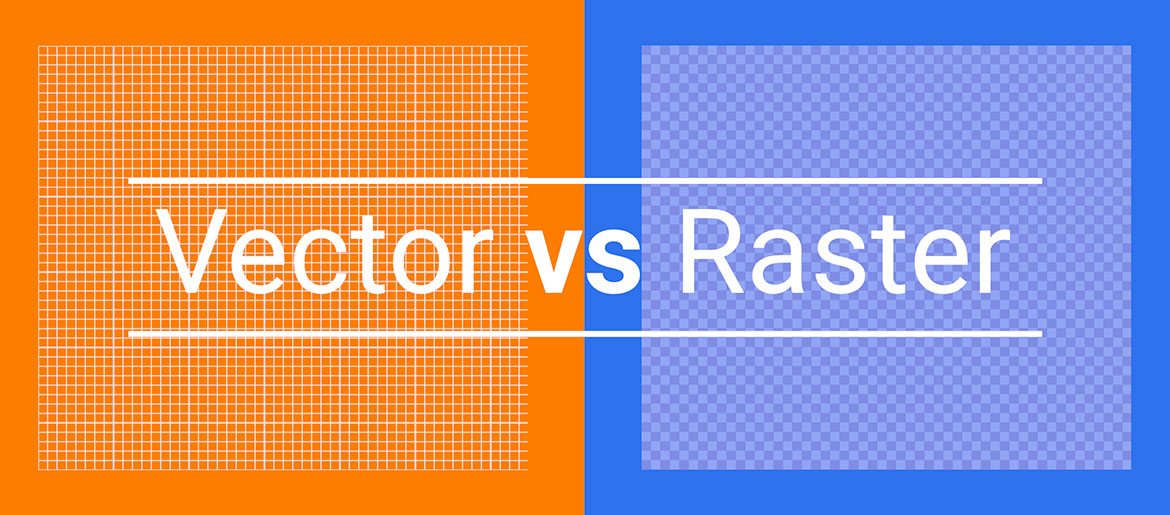
Whether your project calls for raster images or vector graphics – or both – be sure your final printed piece looks as amazing in print as it does on your computer screen with premium printing services at discount prices. If you want to edit a photo or make a sweet digital painting, you should create a raster that’s capable of rendering complex color blends and mimicking the natural qualities of light. – you should create a vector that can be scaled as-needed, then output in whichever format you need at any given time. If you need a brand logo that will be used time and again in multiple media – print, digital, television, product etching, signage, etc. Raster images are best for photos, while vectors are best for logos, illustrations, engravings, etchings, product artwork, signage, and embroidery. En este formato, los datos vectoriales se componen de vértices y rutas. Raster data is comprised of evenly sized and spaced cells that represent a continuous surface. A diferencia del modelo de representación raster, la información vectorial, no es representada a través de una cuadrícula de píxeles. vector data vary significantly due to differences in structure. Ultimately, it boils down to what you’re creating and its intended use. Los modelos de vectores son puntos, líneas y polígonos. Other examples include printing postcards that feature an illustrated background (vector) with a foreground photo (raster), online catalog printing that features scalable product information tables vector) alongside product images (raster), and business greeting card printing that combines corporate logos (vectors) with photos (rasters). This table compares some of the differences, advantage (pros), and disadvantages (cons) between raster and vector images. Why? Since vectors rely on calculations to be performed by the programs that load them, the only information they need to contain are their mathematical formulas. The most popular raster editors are Photoshop (which has limited vector capabilities) and GIMP.īecause rasterized images must contain all the information necessary to render the image (pixels, colors, arrangement of pixels, etc.), they can have large file sizes – and the higher resolution and dimensional size, the larger the file.Ĭompression can help minimize those file sizes, but compared to vectors, rasters take up a lot of space.
Raster and vector pdf#
Both rasters and vectors can be rendered in EPS and PDF format, where the software that created the file dictates whether it’s a raster or vector file.Ĭommon vector creation and editing programs include Adobe Illustrator, CorelDraw, and InkScape. The most common vector file types are AI, CDR, and SVG.

The most common raster file types include JPG, GIF, PNG, TIF, BMP, and PSD.


 0 kommentar(er)
0 kommentar(er)
